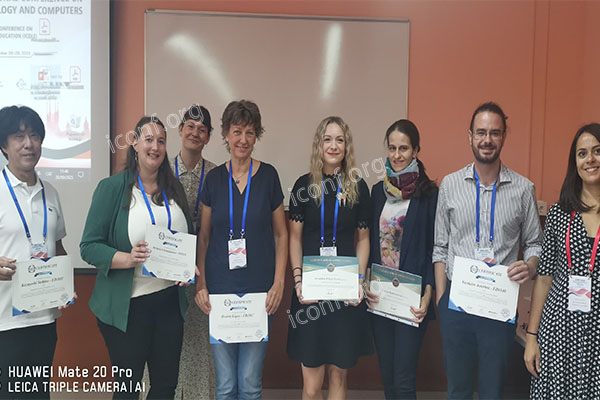Introduction
Submitting a paper to an academic conference is a pivotal milestone for researchers, offering opportunities to showcase discoveries, collaborate with peers, and elevate your academic profile. Yet, navigating submission protocols, deadlines, and peer reviews can be overwhelming. In this comprehensive guide, we’ll demystify how to submit a paper to academic conferences—and reveal why iConf.org, a leading global conference platform, is the smartest choice for researchers at every career stage.

The first step is selecting a conference that aligns with your work’s scope and impact. Key considerations include:
Why iConf.org?
iConf.org’s advanced search filters let you sort conferences by discipline, location, submission deadlines, and impact metrics. Their curated lists highlight top-tier events in fields like AI, climate science, and public health, saving you hours of research.
Every conference has unique requirements. Common rules to watch for:
iConf.org Advantage:
The platform aggregates submission guidelines for every listed conference, including downloadable templates and checklists. No more hunting through PDFs or confusing websites!
Your abstract is your research’s elevator pitch. Ensure it:
For full papers, structure them with:
Pro Tip: iConf.org’s resource library includes sample abstracts and reviewer-approved paper outlines to streamline your writing.
Most conferences use online systems for submissions. Follow these steps:
Why iConf.org Stands Out:
Their AI-powered portal scans submissions for formatting errors and missing sections, reducing rejection risks. Plus, automated deadline reminders keep you on track.
After submission, your paper undergoes peer review. Boost acceptance odds by:
iConf.org’s Rigorous Standards:
Conferences on iConf.org enforce double-blind reviews and transparency, with many providing anonymized feedback to help authors improve.